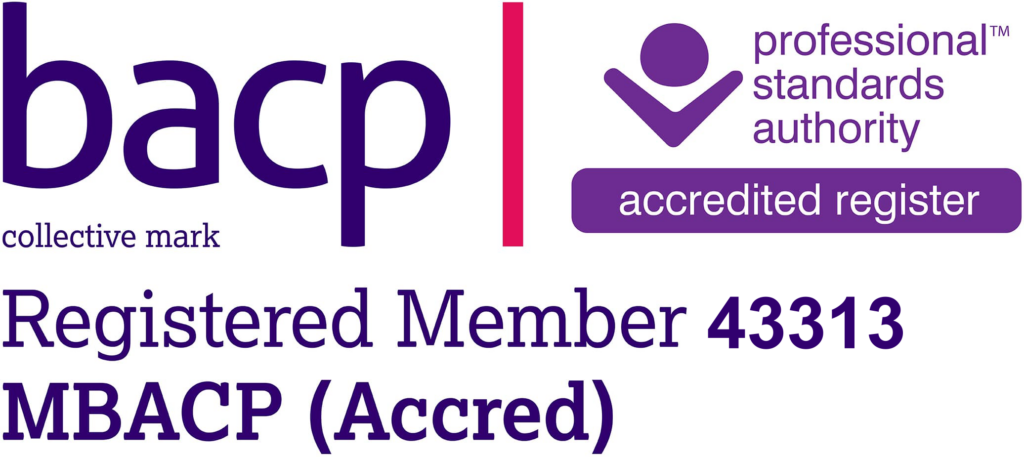A sense of community can be elusive. Many people are lonely. Sometimes they refer to their loneliness obliquely – they say they long to feel really close to someone special, or they wish they had more friends. Or they say they have no sense of belonging in a larger context, to a group, or to the society about them. They wish they could belong more.
But what does belonging mean, and to what exactly? What is this cloud of existential unhappiness that hangs around even when life seems to be going well? In his classic book, ‘Care of the Soul‘, Thomas Moore talks about just this, the soul’s need to belong, which he defines as a having a sense of community. Moore explores how important it is for us to feel seen and recognised by many people, not just our immediate families, and to see and affirm many other people in return. These don’t have to be people who are exactly like us; they can be all sorts of people and in fact we need variety. We also need to connect to them in a way that feels more than superficial. That feels real.
What Is Community, Exactly?
Before we look at what ‘real’ might be, it’s worth trying to define ‘community’. Community seems to be word which has several overlapping meanings. People are lumped together as a ‘community’ just because they share a hobby or an activity. So people who use Facebook are the ‘Facebook Community’. People who live in one area are the ‘North-East London Community’. People who work from home are the ‘Self-employed Community’. Yet none of these people may feel connected to the others, or gain a sense of deep belonging from them.
In other contexts the word ‘community’ has come to sound a bit hokey, a bit of a 60s hangover. Perhaps it reminds us of groups we were forced to go to at the weekend or after school, or of do-gooding activities. Neither of these ideas of community will give us the fulfilment we seek.
Perhaps that’s why people often don’t immediately recognise community as necessary. There’s a personal development exercise called ‘The Wheel of Life’ that looks at all the important areas of existence. Life is visualised as a big cake or cheese and sliced into pieces. People tend to be keen on focussing on the ‘income’ and ‘romantic love’ segments, but can’t be bothered with the ‘community’ one. It looks rather stale and boring. ‘No, I know enough people as it is,’ they say. ‘I barely get the chance to see them as it is. I need more money, which will give me more free time. Then I can think about community.’
But still the loneliness doesn’t go away. Money doesn’t solve it. Even a partner may not solve it entirely or forever. And it’s just as easy to feel alone in a big city as in a village (or vice versa, depending on your viewpoint). The question returns: how can we connect more and in more meaningful ways? How we can feel part of a group which sustains us?
Feeling Part of Things
Partly the answer is obvious. We need to make time to get out more. We need to create more interaction. We can join clubs, groups, go to sporting activities or book clubs. But even then there has to be a personal effort to engage with others. Important for this is simple conversation. As Abbott Christopher Jamison says in his book on monastic life, ‘Finding Sanctuary‘, ‘Conversation is necessary for community to be real.’
He means real conversation, where we don’t simply talk platitudes but say what we think and feel, really share and really listen in return. It’s something which an era of sound bites and speed doesn’t encourage us to do, because good conversation takes time. Perhaps that’s why we can be surrounded by lots of people at work and still feel alone.
Not only isn’t there the time and space to get connected, but we’re not used to it. Even when we join the groups it seems as if some invisible barrier rises up and stops us reaching outwards. What is it we’re nervous of? Perhaps we fear looking foolish. If we join in what will we look like? What will they think of us? Instead, it’s easier to draw away, to say they aren’t that interesting or not really our type.
The real key to becoming part of things more, then, is a decision, made consciously, but echoing a deeper soul need, to allow ourselves to connect, even if we do look silly. Allowing this is a good start, whatever the outcome. Taking the risk of speaking up, joining in a group activity, singing with others even though our voice is ‘terrible’, playing a game even if it’s not sensible, sharing our skills, talking and listening.
Taking this kind of risk allows people to see us. Then what needs to go with it, is a matching decision to allow other people in. To allow them to connect with us. Being open, letting others see us, and like us, imagined warts and all. This is a powerful commitment and other people can sense it – it says ‘I’m here and I’m going to see it through, however unusual I look and whatever transitory discomfort I feel’.
Fostering a Sense of Community
Finally, we can connect and foster community in less obvious ways. Through the world about us – through walking, gardening or appreciating the outside world, urban or rural. We can also work to connect internally; this is one of the premises of ‘Archetypal Psychology’, where creating relationships with the figures and images in your imagination and dreams, fosters an inner ‘community’. Not doing anything special with this inner world, not ‘solving’ it, but just becoming more aware of it, perhaps noting your dreams and day dreams.
This inner connection means then that we can bring more of ourselves to our meetings in the outside world. Some of the roots of outer community lie deep inside us. Through attending to our inner selves we gain a sense of belonging internally; we belong to ourselves. Through this we gain strength to connect more fully to the outer world and the people around us.



